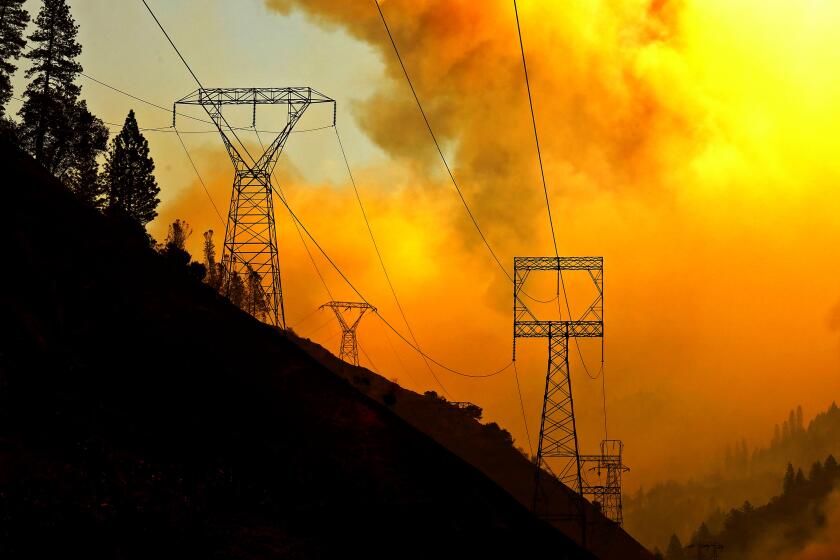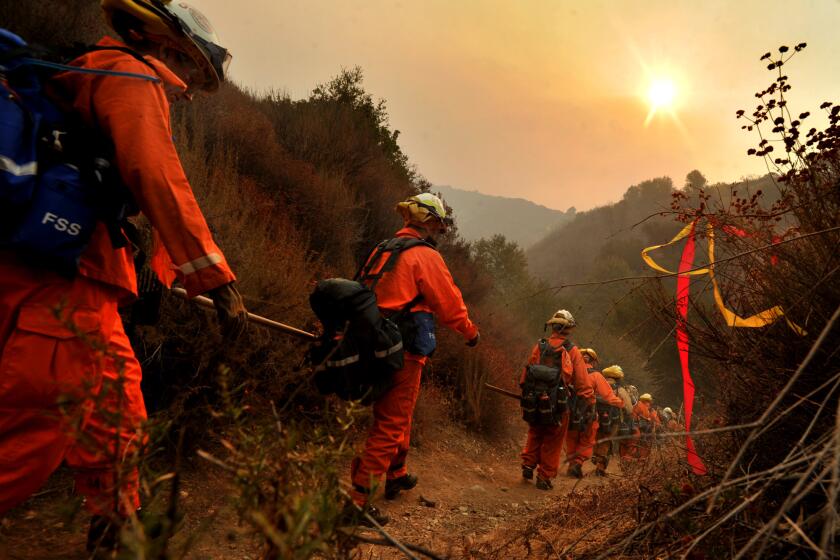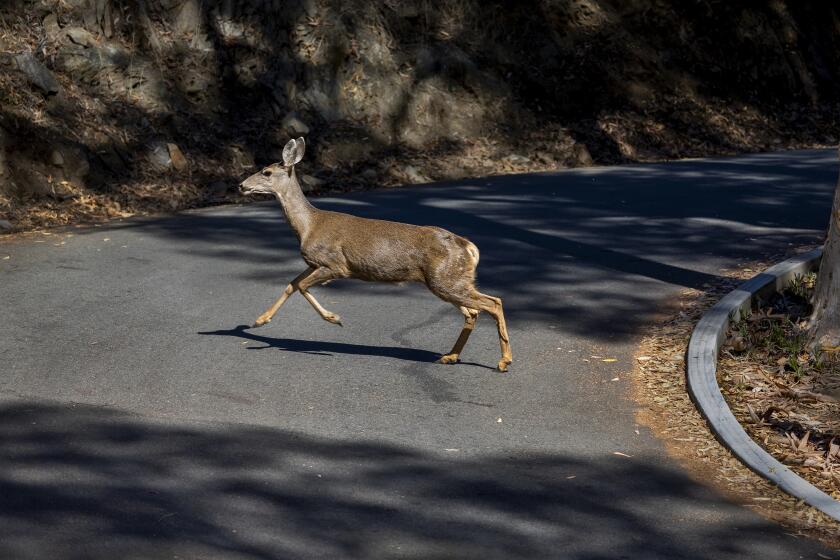How California’s worst fire season — so far — became a writer’s most powerful metaphor

- Share via
On the Shelf
The Last Fire Season
By Manjula Martin
Pantheon: 352 pages, $29
If you buy books linked on our site, The Times may earn a commission from Bookshop.org, whose fees support independent bookstores.
By common measures, Manjula Martin is not a hopeful person. “In the current discussion of climate change,” she said, “‘hope’ is often used as a shorthand for returning to normal, otherwise known as business as usual.”
The sentiment pervades the writer’s new memoir, “The Last Fire Season,” but it prompts an important question, which I brought up during a video chat with Martin in late December: Why would people who feel hopeless about climate change still be motivated to do anything about it?
“I don’t actually believe there’s no hope for continued human existence, but if that’s true, then it’s even more important that we take care of each other and respect the land,” Martin says. A former editor of Zoetrope magazine, she co-wrote the 2019 horticultural guide “Fruit Trees for Every Garden” — hardly the product of a fatalist. She turns the question around: “That process of learning to give and take real care is actually the best chance we have of constructing real hope.”
But then she adds, “If mutual care isn’t working for you either, maybe try anger?”
Katherine Blunt’s “California Burning: The Fall of Pacific Gas and Electric — and What It Means for America’s Power Grid” is an urgent call to action.
This interplay of care and anger is partly what makes “The Last Fire Season” riveting. It is both a chronicle and a handbook of the struggle to fight the distortion of grief into despair.
The fire season of the title took place in 2020, a year of catastrophes for Martin, California and the world. COVID-19 filled hospitals and morgues and led to widespread isolation, U.S. democracy was challenged as never before and 58,258 forest fires nationwide burned more than 10 million acres, including 4.3 million in California. Martin, who grew up in Santa Cruz, lives two hours north of San Francisco in a heavily forested part of Sonoma County.
One night that August, she and her partner witnessed a furious storm. “The blades of electricity bisected the air,” Martin writes in the book. “My insides were set abuzz. My lungs contracted like they’d just hit cold water; my jaw compacted into itself; every muscle in my pelvis … felt as though it had been turned to wood. Somewhere inside my brain every synapse fired, and I was thrust into a whorl of anxiety: go, go, go.”
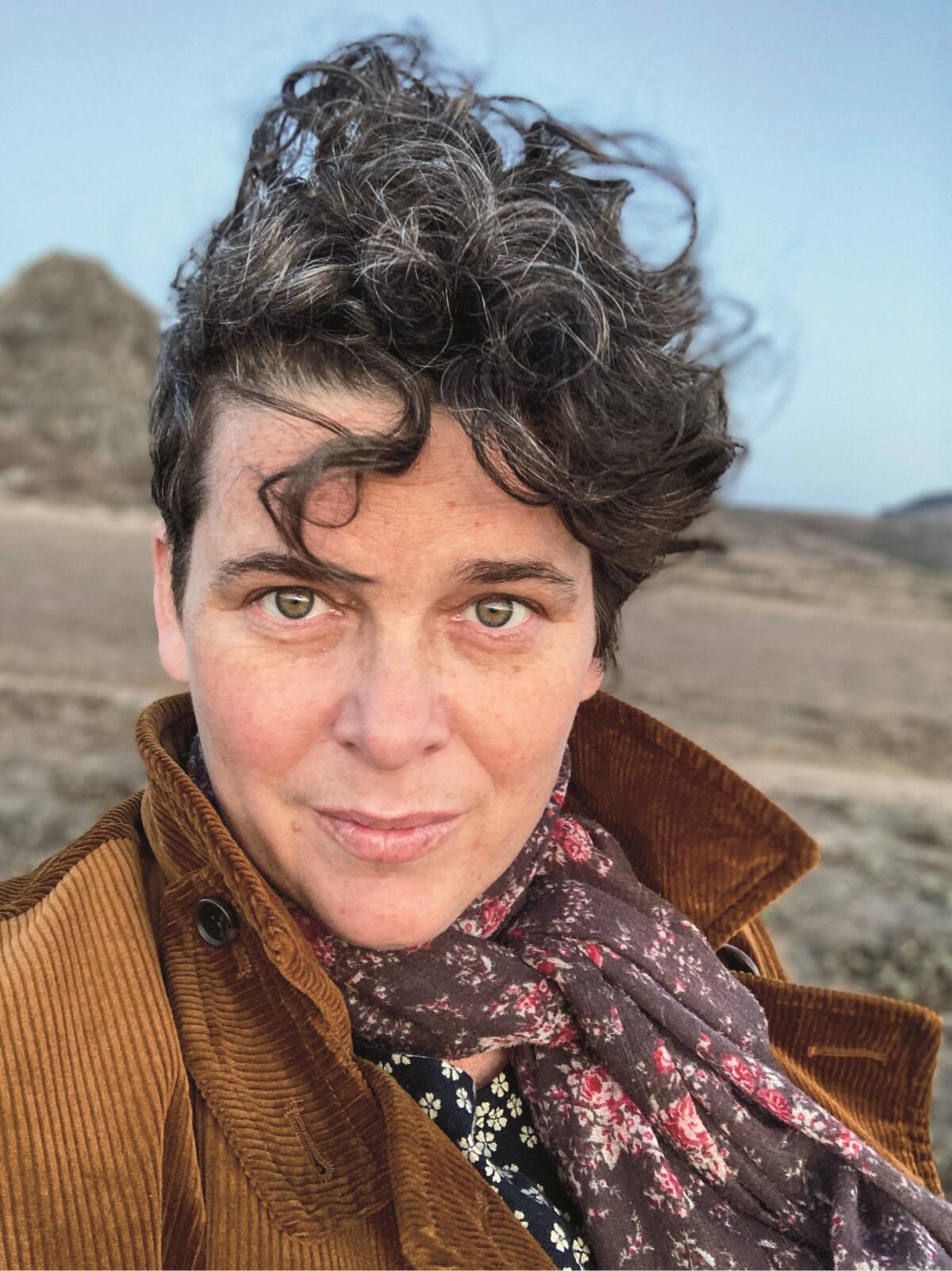
They decided to evacuate a few days later, as the rapidly developing Lightning complex fire was drawing near. The coastal redwoods that towered over her house had never seemed so vulnerable — and neither had she.
Packed in her “go bag” was an ample supply of pain medication. A dislodged IUD had led to a hysterectomy and other surgeries, leaving Martin with chronic, debilitating pain. She was learning to live in a changing, damaged body, just as the forest over her head was adapting to its own series of catastrophes. As a writer, she loves embracing that metaphor, along with its contradictions.
“I think the ghost of Susan Sontag is always looking over my shoulder when I talk about my health crisis and compare it to the wildfire crisis,” she says with a laugh, in reference to Sontag’s famous excoriation of “Illness as Metaphor.” But the parallels resonated in her life.
“In a practical way, an everyday life kind of way, I found that I had skills that I didn’t know I had because of my health crisis,” she adds. “Those skills included understanding that things are never gonna be the same. And that sucks. But it also opens up all these interesting, weird … nonconventional ways of thinking and interacting with each other and with the land.”
In 2016, Jaime Lowe read the obituary of a female inmate firefighter. Five years later, her new book opens up the world the woman lived and died in.
Like the scorched forests around her home, she had also been harmed by companies “who are OK with a certain margin of error in their product.” At the same time, “accidents are accidents. They’re not always someone’s fault. But that was really the key to connecting my personal experience of harm with these larger systems that are very intricately linked to climate change.”
What opened her up to the parallels, Martin says, was gardening. “Once I started gardening as I was recovering from my surgeries — there’s that very cliché thing of putting your hands in dirt — but that cliché comes from truth. It wasn’t that feeling of life cycles and generation and renewal necessarily. It was the pleasure.” It was also the stark, clarifying push-and-pull with nature: “You do things that are harmful, like cutting things, and the plants push back, and then you have to wait a year to find out what’s gonna happen.”
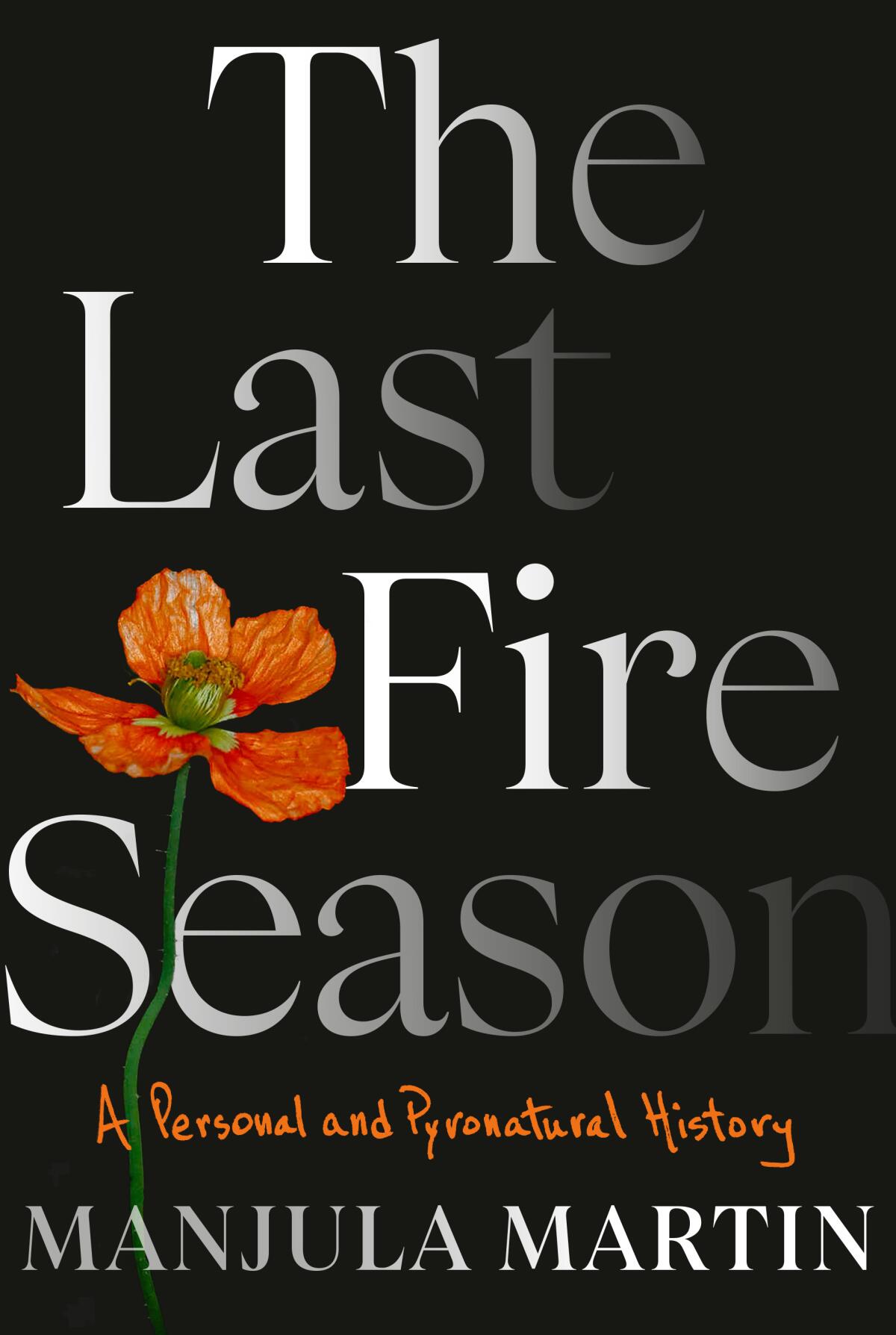
Waiting for a body or a forest to heal involves an analogous kind of patience. But if Martin had simply dropped her metaphor and left it at that, her memoir would be much shorter and less interesting. Instead, the author is quick to acknowledge the flaws and contradictions in such comparisons. Gardening, for one, is a privilege, and she is well aware of the ways economics, race and historical forces have influenced her relationship with nature.
The stewardship of the land by California’s Indigenous people included “good fire,” the types of prescribed burns increasingly recognized as a key to preventing massive firestorms. In recent years, many tribal fire experts have been asked to fix the forests.
But Martin says the approach needs to be cooperative and collaborative. Her book quotes Margo Robbins, a Yurok fire expert: “Native people can’t do it on their own … we don’t own that much of the land, for one thing.”
“I think it’s especially the responsibility of those who have carried out these harmful actions to make reparations,” Martin tells me, “both to the land and its original inhabitants. And it’s the responsibility of all who benefit from these harms to ensure that happens. I include myself in that group, as a white property owner who is a direct beneficiary of the colonization of the land where I live.”
Erika Howsare’s ‘The Age of Deer’ tracks the roller-coaster ride of deer populations in the U.S. — and what they reveal about human ways of thinking.
This is one reason that, despite the fact that 2020 was definitely not the last fire season, Martin and her partner are staying put. “What you have to do is learn to adjust and live in the new normal as it will be,” she says.
Just don’t attach a hashtag to her actions: “In some neighborhoods, you’ll see a lot of signs that say ‘Thank you, firefighters.’ I don’t fault those emotions. They’re very real. But it’s what I call ‘hashtag hope.’ The response to disaster [can’t] be to do the exact same thing all over again.”
Martin understands that terms like “new normal” might feel like defeat — as toothless in its way as the dreaded word hope. In the book, however, she draws inspiration from eco-psychologist Joanna Macy, who argues that despair opens us up to possibilities for change. Martin’s body and her environment have taught her a lot about despair, but also about adaptation.
As we finish our chat, Martin asks me to stay on the line while she moves outside. “They’re babies,” she says, gesturing to the hundred-year-old redwoods that tower over her lawn. “I used to wonder why, when it’s windy, trees don’t just instantly fall down, they’re so tall,” she says. “And I realized it’s because they’re alive. The same way a person standing upright doesn’t fall down — they’re alive. They dance.”
Berry writes for a number of publications and tweets @BerryFLW.
More to Read
Sign up for our Book Club newsletter
Get the latest news, events and more from the Los Angeles Times Book Club, and help us get L.A. reading and talking.
You may occasionally receive promotional content from the Los Angeles Times.
